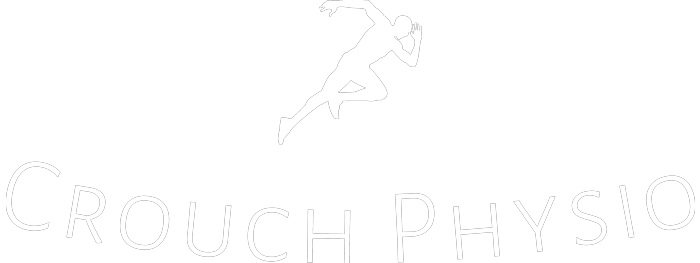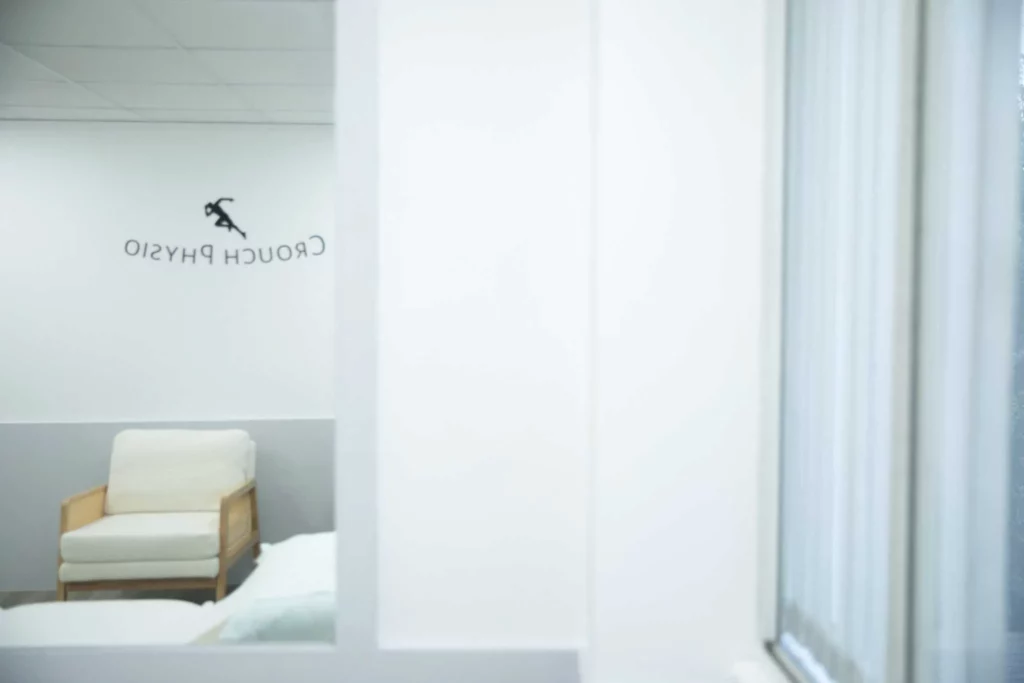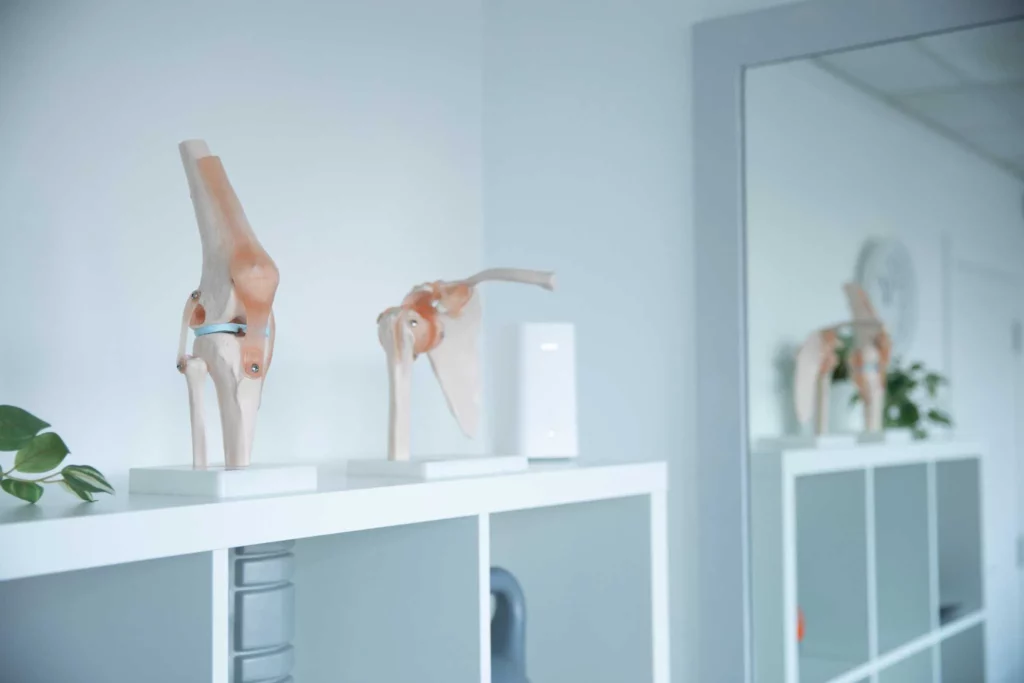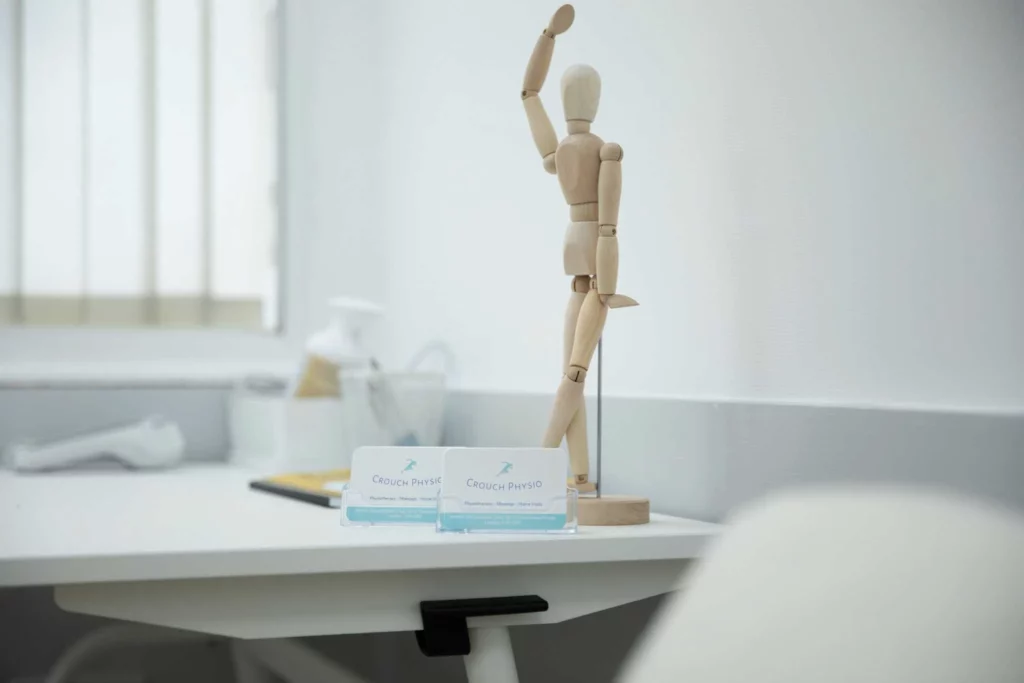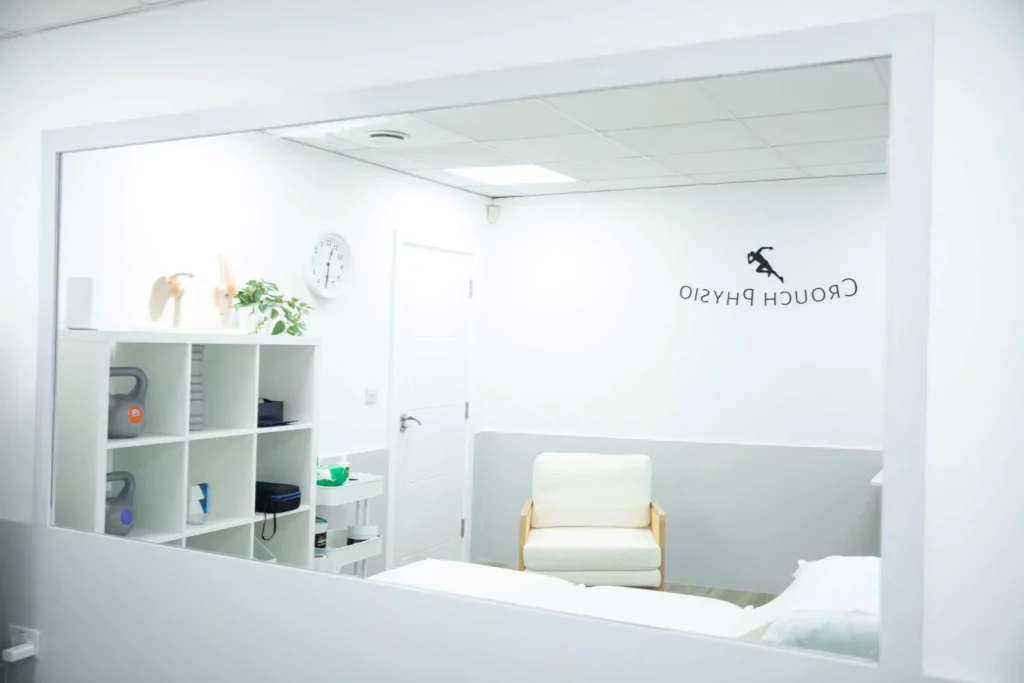If you’ve ever dealt with lower back pain, you know how frustrating it can be. Whether it’s a dull ache or a sharp, nagging pain, it can make simple things, like getting out of bed or picking up groceries feel like a challenge. But here’s something you might not have considered: your legs play a huge role in keeping your back happy.
Why Strong Legs Matter
Your lower back doesn’t work alone. It’s part of a system that includes your core, hips, and yes, your legs. Weak legs mean your back has to pick up the slack, leading to extra strain and, eventually, pain. The stronger your legs are, the less stress is placed on your lower back when you move, lift, or even just stand for long periods (1).
Think of it this way: your legs are the foundation of your body. If they’re strong and stable, they provide support that prevents excessive load on your spine. On the flip side, if your leg muscles, particularly your glutes, hamstrings, and quads are weak, your lower back has to compensate. And that’s where trouble begins.
Back Issues Caused by Weak Legs
Weak leg muscles can lead to various back issues, including:
• Lower back strain: Without strong legs to share the load, your lower back muscles can become overworked and strained (2).
• Sciatica: Weak legs can contribute to poor posture and alignment, which may put pressure on the sciatic nerve, causing pain and discomfort (3).
• Herniated discs: Insufficient leg strength can lead to improper movement mechanics, increasing the risk of disc-related injuries (4).
• Chronic back stiffness: Weak legs often result in muscle imbalances that make the lower back stiff and prone to discomfort.
The Leg-Back Connection
Your legs contribute to good movement patterns. They absorb shock, help with balance, and generate power for daily activities. When they’re not strong enough, your back ends up working overtime. Over time, this extra workload can cause muscle imbalances, stiffness,and pain. By strengthening your legs, you reduce this burden and allow your back muscles to do their job properly without overexerting themselves.
Strength Routine for Stronger Legs and a Happy Back
Here’s a simple but effective leg-strengthening routine to support your lower back. Do this 2-3 times a week:
1. Squats – 3 sets of 10-15 reps
Squats strengthen your quads, hamstrings, and glutes, all of which support your lower back. Keep your chest up and push your hips back as you lower down.
2. Lunges – 3 sets of 8 reps per leg
Lunges improve single-leg strength and stability, reducing strain on your back.
3. Glute Bridges – 3 sets of 12 reps
A fantastic way to strengthen your glutes and hamstrings while protecting your lower back.
4. Calf Raises – 3 sets of 15 reps
Strong calves contribute to better posture and balance, helping to support your entire body.
5. Step-Ups – 3 sets of 10 reps per leg
These mimic real-life movements like climbing stairs and build leg strength while improving balance.
Bonus: Deadlifts (with proper form!) – 3 sets of 8 reps
A great exercise for overall strength, but make sure to maintain good form to avoid back strain.
Final Thoughts
Lower back pain is a common issue, but it doesn’t have to be a life sentence. By strengthening your legs, you’re giving your back the support it needs to stay pain-free. Start incorporating these exercises into your routine, and your back will thank you!
Our Barnet, Cockfosters & Enfield Physio’s have tons of experience and are specialists in dealing with back pain. Have confidence that our specialist Physiotherapists will closely assess, diagnose & treat you in the correct & evidence-based way for all injuries. You can book an appointment here.
Blog By: Emre Oz (Musculoskeletal Physiotherapist at Crouch Physio).
References
- De Sousa, Camila Santana, et al. “Lower limb muscle strength in patients with low back pain: a systematic review and meta-analysis.” Journal of musculoskeletal & neuronal interactions 19.1 (2019): 69.
- George, Steven Z., et al. “Interventions for the management of acute and chronic low back pain: revision 2021: clinical practice guidelines linked to the international classification of functioning, disability and health from the academy of orthopaedic physical therapy of the American Physical Therapy Association.” Journal of Orthopaedic & Sports Physical Therapy 51.11 (2021): CPG1-CPG60.
- Bernstein, Ian A., et al. “Low back pain and sciatica: summary of NICE guidance.” Bmj 356 (2017).
- Zhang, Andrew S., et al. “Lumbar disc herniation: diagnosis and management.” The American journal of medicine 136.7 (2023): 645-651.
